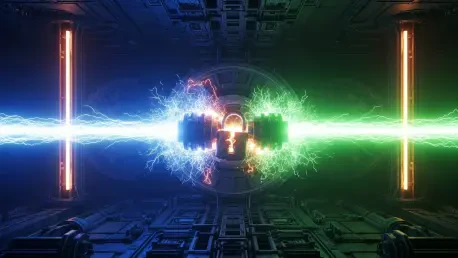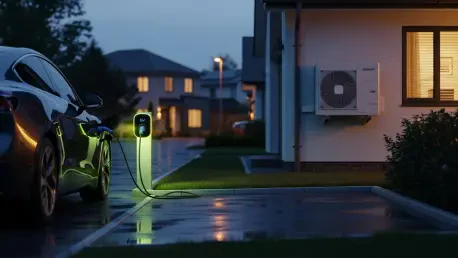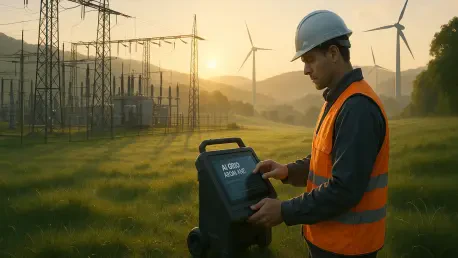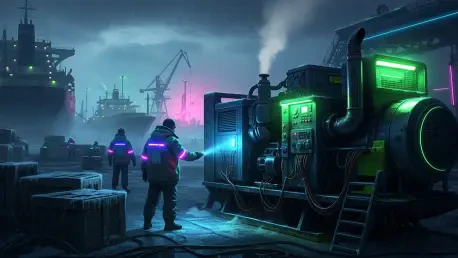
A nation historically defined by its formidable nuclear power is now caught in a state of strategic paralysis, struggling to chart a course that balances its atomic legacy with the urgent demands of a green energy transition. France's critical 10-year energy planning law, the essential blueprint

The familiar hum of American life is growing louder than ever before as the nation grapples with shattering its all-time electricity consumption records, a surge fueled by a perfect storm of technological advancement and societal change. This escalating demand carries profound implications for the

Today we're speaking with Christopher Hailstone, a leading expert in energy management and grid security, with extensive experience in renewable energy and electricity delivery. Following a recent escalation in Russian attacks that have crippled Ukraine's energy infrastructure, we turn to him for

The artificial intelligence revolution is silently consuming more electricity than some small countries, pushing the aging American power grid to a precipice it was never designed to face. This unprecedented demand, fueled by the computational thirst of AI models, has created a critical

Imagine a world where power outages are predicted and resolved before they spiral into widespread chaos, where utility grids hum with efficiency despite soaring energy demands, and where aging infrastructure no longer spells disaster for businesses losing billions annually. This isn’t a distant

In the biting cold of a Ukrainian winter, the sound of drones pierces the night, not as a distant echo of war, but as a direct assault on the very systems that keep millions warm and alive. Across the frozen landscape, power plants flicker out, railway lines grind to a halt, and entire communities